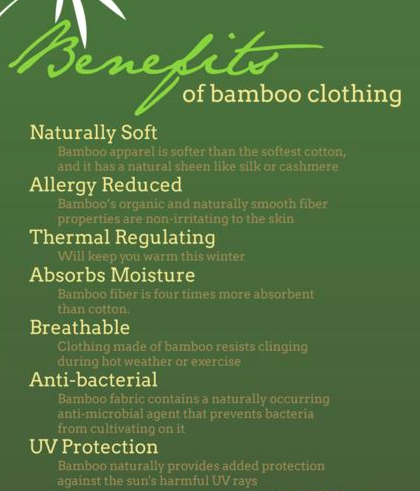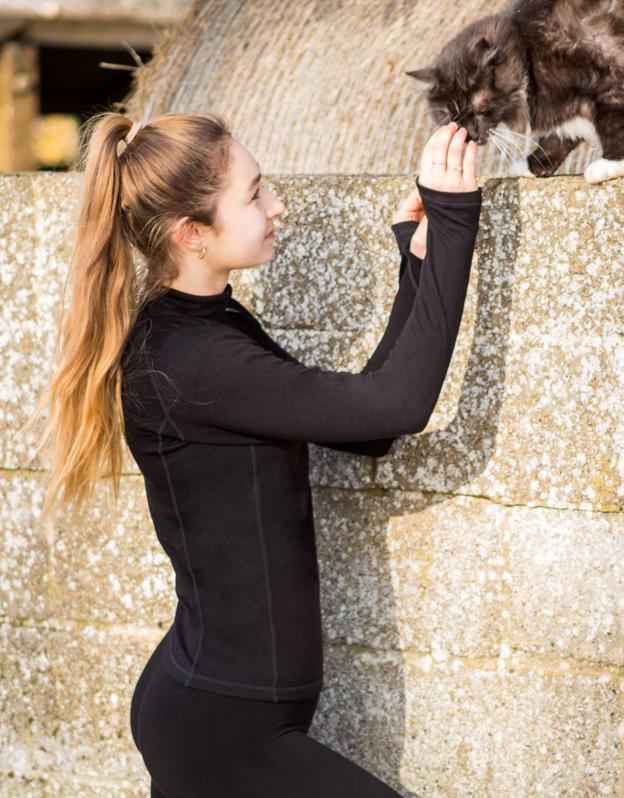Recommended Info To Selecting Merino Wool Base Layers
Wiki Article
What Are The Advantages Of Yak Merino Base Layers For Winter Sports Clothing?
Yak merino wool base layers are very effective in winter sports clothing, not just because of their performance benefits but also due to their fiber-based benefits as natural as well as sustainability in the environmental sphere. Renewable and Biodegradable-
Both merino and yak wool are both made of natural fibers that come from animals. They are renewable resources that can be sustainably harvested without harming the animals. The fibers are biodegradable, and they do not damage the environment.
Low Environmental Impact
Natural fibers are a source of energy and generally have a lower environmental impact compared to synthetic materials. Wool cultivation and harvesting involves lesser chemical processing, and is not dependent on renewable resources when compared to synthetic fibers.
Energy Efficiency
Wool fibers are processed using less energy than synthetic fibers. The manufacturing process for natural wool requires less energy, which lowers carbon emissions.
Minimized Microplastic Pollution
Natural wool fibers are not accountable for microplastic contamination of waters in contrast to synthetic fibers which release microplastics after being washed.
Durability and Recycling
Yak merino garments can last an extended time and are durable. Wool fibers may also be recycled or repurposed in order to further reduce waste.
Sustainability Practices
Producers and manufacturers of wool adhere to sustainable and ethical methods. They ensure animal welfare as well as responsible land management, as well as decent working conditions for all those within the manufacturing chain.
Environmental Certification-
Assuring consumers of the sustainable production of wool is a way to demonstrate this through a certification like the Responsible Textile Standard (GOTS), or the Global Organic Textile Standard.
Base layers made from yak merino are generally eco-friendly since they are sourced from natural and renewable sources. They also have a minimal environmental impact during production and use sustainable, ethical supply chains. The use of natural fibers such as yak merino wool in winter sport clothing supports the environment and is responsible consumption practices. Follow the most popular merino wool base layers blog for blog tips including smartwool men's classic thermal merino base layer crew, warmest base layer for skiing, best long underwear for skiing, wool mid layer, best thermals for skiing, merino wool base layer clearance, smartwool merino 250 base layer, long john merino, smartwool base layer womens, smartwool thermals and more.

What Are Some Of The Advantages That Bamboo Clothing Offers In Terms Of Comfort As Well As Sustainability And Protection When Used As Outdoor Winter Clothes?
Sustainability, comfort and protection are just three of the numerous advantages that bamboo clothing provides for outdoor winter clothing.
Bamboo fabric is smooth and soft which makes it gentle to the skin. Bamboo fabric is frequently compared in terms of luxuriousness to cashmere and silk.
Bamboo fibers have moisture-wicking properties that help to remove moisture and keeps the wearer dry and comfortable while they're engaged in physical activity.
Thermal Regulation- Bamboo clothing has natural temperature-regulating properties, providing warmth in winter while remaining breathable to prevent overheating.
Sustainability-
Bamboo is a renewable resource. It grows quickly and without pesticides or chemical fertilizers. Bamboo is a natural material that regenerates quickly, making it a sustainable option.
Low environmental impact- Bamboo farming is typically less water-intensive than conventional cotton farming, and it doesn't diminish soil nutrients. Bamboo also absorbs more CO2 and releases more oxygen into the atmosphere in comparison to other plants.
Protection for Outdoor Wear-
UV Protection - Bamboo fabric contains natural UV-resistant qualities that provide protection against harmful UV radiation.
Bamboo is a natural antimicrobial, called "bambookun," and it helps to inhibit the growth bacteria that produce the odor. This helps keep clothes fresher for a longer amount of time, particularly during outdoor activities.
Other Benefits
Durability- Bamboo fibers are robust and durable, making the perfect material for outdoor wear.
Biodegradability - Bamboo clothing can be biodegradable, meaning it can break down by itself at the end of their lifespan. This helps reduce environmental impact.
When used in outdoor winter clothes, bamboo fabric provides the benefits of comfort, thermal regulation, moisture management, and sustainability, making it a popular choice for those who are looking for sustainable and high-performance clothing. See the most popular bamboo clothings for blog info including ladies bamboo pants, bamboo clothing wholesale, bamboo pants ladies, bamboo cotton t shirts, halloween bamboo pajamas, bamboo cay shirts christmas, bamboo ladies clothing, bamboo exercise clothing, bamboo t shirts wholesale, bamboo clothing for women and more.

How Is Merino Wool As Well As Bamboo Clothes Different From Regular Wool?
Merino bamboo, Merino regular wool all have unique particularities.
Softness- Merino is known for having fine, soft fibers that make it comfortable to wear. It's less likely to cause irritation or itchiness. will cause irritation or itchiness in comparison to other kinds of wool.
Merino Wool has excellent moistureWicking Properties Merino is a moisture-wicking material that draws moisture away and lets it evaporate. The wearer is dry and comfortable.
Merino offers excellent insulation, even when wet. It regulates temperature and provides warmth in cold weather but also allows airflow even in hot temperatures.
Odor Resistance - It's an anti-bacterial natural ingredient that blocks the growth of bacteria making clothes fresh and smelling good even after long wear.
Bamboo Clothing-
The silky feel is often compared with silk or cashmere. It's soft and luxurious to wear.
Bamboo fabric is wicks moisture away properties that draw out moisture and keeps you dry.
Temperature Regulation- Bamboo clothing has natural temperature-regulating abilities, offering warmth in winter and breathability to prevent overheating.
Sustainability- Bamboo is an extremely renewable resource that grows rapidly, without the use of pesticides. Biodegradable bamboo has a small environmental impact.
Regular Wool
Texture. The texture of wool varies. Certain kinds are more coarse in texture, and are more prone for itching.
Warmth - Regular Wool offers excellent insulation as well as warmth, but it can be weighty and bulky at times.
Wool absorbs moisture. This makes it less effective at wicking moisture in comparison to merino bamboo or other fabrics. Wool keeps its warmth even if it's damp.
The benefits of merino are its softness, moisture-wicking capability, resistance to odor, and insulation. Bamboo clothing provides a smooth texture, moisture-wicking abilities, temperature regulation and long-term sustainability. Wool has a variety of textures, and may not provide the same softness or moisture-wicking abilities as bamboo and merino, but still offers warmth and insulation. Each type of material is suited to distinct preferences, and each has distinct advantages. See the recommended bamboo winter clothing url for more info including merino ninja suit, sitka base layers, smartwool base layer mens, base layer for warmth, wool undershirt women's, icebreaker baselayer, 100 merino wool base layer, patagonia merino wool base layer, icebreaker baselayer, airblaster merino ninja suit and more.
